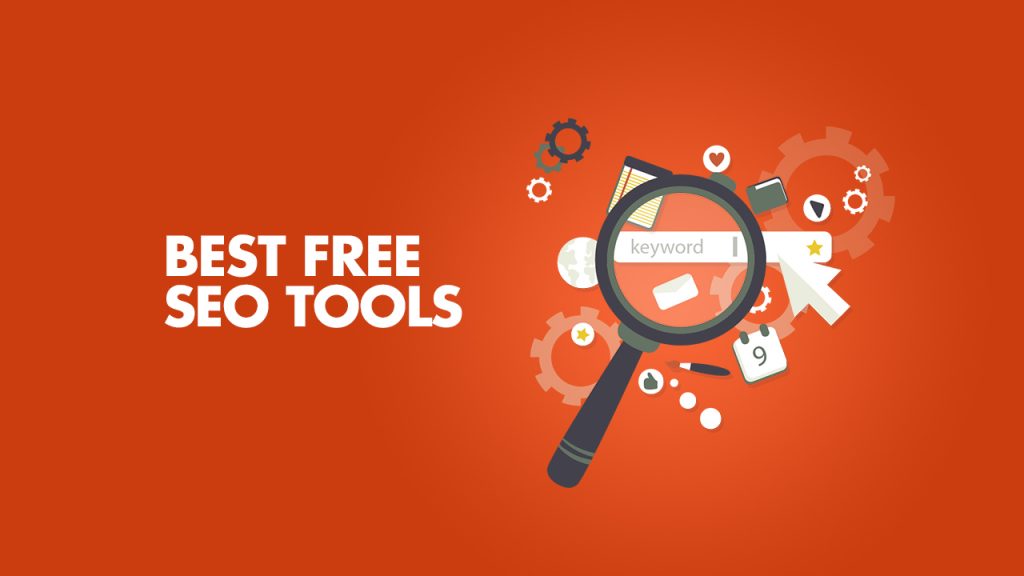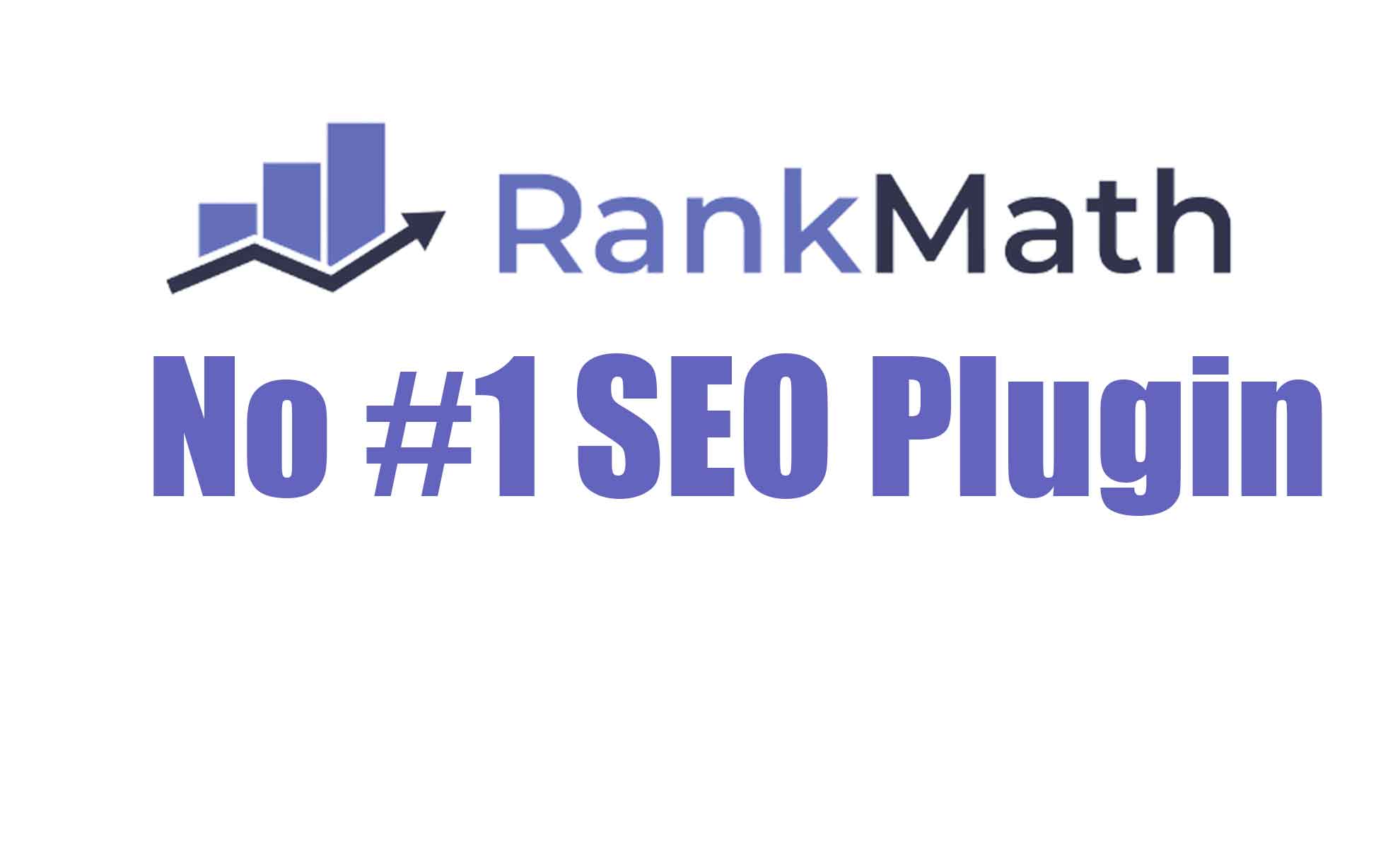
How To Creating a website?
How To Creating a website?
Creating a website
Many customers would expect to be allowed to find their business just on web. Web presence is almost mandatory if you want Hostcano to sell your products online or simply provide information about the company and contact details.
When you begin creating a website, it was a good idea to think about whatever you want to achieve with it. Studying your competitors’ websites might give you a good indication of what might best work for business.
To create a website, you need to follow 4 basic steps.
1. Register your domain name
Your domain name should be related to your products or services so that buyers can quickly locate it on the web. Customers may expect that your domain will be similar to your company name.
Your email would be based on your web address. While a free email address like hotmail can be used, sending emails from the a business address appears more official.
2. Find a site web host.
To have your domain name up, you’ll need to find a web hosting business. Web hosting is available from the majority of major internet service providers. They may also be able to give you with a number of email addresses.
The cost of web hosting is determined by the size of your website and the number of visitors it receives each month.
3. Get your material ready.
Consider what you want potential visitors to be able to do when they visit your website. This will assist you in deciding which parts or pages to include. Consider what information or transactions your clients will want, and make sure the site is set up in such a way that they can easily access and complete the tasks they require.
You could want to engage a professional to write and arrange your content, just as you would hire a professional to design your site.
A well-designed and user-friendly website can help your company stand out from the crowd. Customers will feel more comfortable purchasing from your company if you provide them with relevant and acceptable material and visuals.
4. Create a webpage
You may either construct your own website or hire a web developer to do it for you. Websites must be updated on a regular basis, so make sure you budget for this.
You may create your own website with the help of a website publishing package. These are comparable to word processors, but they have built-in facilities for converting text and photos to web content and sending it to your website.
If you’re new to internet company, having someone else construct your website is a fantastic option. A competent web developer can help you construct your site fast and provide you advice on how to make it seem good. Hiring a professional is especially beneficial if you want to open an online store or provide other services via your website.
Your website must be designed to be accessible on smartphones and other mobile devices. By optimising your website for mobile usage, you can reach out to the rising number of individuals who use their phones and tablets to access the internet while on the go

Howdy, Stranger!
It looks like you're new here. If you want to get involved, click one of these buttons!
Quick Links
Categories
- 7.2K All Categories
- 98 Announcements
- 1.5K General Talks
- 1K Shared Hosting Offers
- 251 Reseller Hosting Offers
- 2.6K VPS Hosting Offers
- 240 Cloud Hosting Offers
- 1.1K Dedicated Server Offers
- 13 Hybrid Server Offers
- 3 Colocation Offers
- 40 Domain Name Offers
- 4 Hosted Email Offers
- 79 Search Engine Optimization
- 275 Other Hosting Offers
- 45 Tutorials
- 54 Black Friday and Cyber Monday and Celebration Offers
In this Discussion







Comments
You can create your own website easily by using wordpress.
Wordpress is one of the best and easiest platforms where you can create and design you website easily. Best thing is you can optimise for SEO which gives you better ranking.
I prefer wordpress, ocean wo theme adn design your website manually as you want.
Creating a website can seem like a daunting task, but with the right tools and resources, it can be relatively straightforward. Here's a general guide to creating a website:
Choose a domain name: Your domain name is the web address that people will use to access your website. Choose a name that is memorable and easy to spell.
Choose a web hosting provider: A web hosting provider is a service that stores your website files and makes them accessible online. There are many web hosting providers to choose from, and it's important to select one that fits your needs and budget.
Choose a website builder: A website builder is a tool that allows you to create and design your website without needing to know how to code. There are many website builders available, including WordPress, Wix, and Squarespace.
Design your website: Use the website builder to create your website's layout, choose colors, fonts, and images, and add content.
Add functionality: Depending on the purpose of your website, you may want to add functionality such as contact forms, e-commerce features, or social media integrations.
Optimize for search engines: Search engine optimization (SEO) helps your website rank higher in search engine results pages (SERPs). Make sure your website, includes relevant keywords, meta descriptions, and alt tags for images.
Launch your website: Once your website is complete, it's time to launch it. Make sure everything is working properly and test the website on different devices and browsers.
Promote your website: Use social media, email marketing, and other strategies to promote your website and drive traffic to it.
Creating a website can take time and effort, but with the right approach, it can be a rewarding experience that helps you achieve your goals.
If you are looking for a web hosting support provider, then I will suggest eTechSupport. eTechSupport is one of the best-outsourced web hosting support providers in the current market. If you see, they have many different services which will help your business.
Here, is a list of Services of eTechSupport:
1. Outsourced Hosting Support
2. 24x7 Server Monitoring & Management
3. Server Security & Hardening
4. Server Migration
5. Dedicated Support Staff
6. Semi-Dedicated Support Staff
7. cPanel Support
8. Plesk Support
9. Linux Support
10. Windows Support
11. Technical Support
12. cPanel Management
13. Plesk Management
14. Web Hosting Support
15. Ticket, Live Chat & Telephone Support
Visit now and get 7 Days Free Trial on all Managed Services!
▌Outsourced Web Hosting Support
The base of a good website relies on a reliable hosting and for a solid base you should go for managed wordpress hosting form a litespeed server.
Creating a website involves several steps, and here's a general guide to help you get started:
Define your website's purpose and goals: Determine the purpose of your website and what you want to achieve with it. Are you creating a blog, an e-commerce site, a portfolio, or something else? Understanding your goals will shape the design and functionality of your website.
Plan your website structure: Outline the pages and sections you want to include on your website. Consider how you want to organize the information and ensure easy navigation for your visitors.
Choose a domain name: Select a domain name that reflects your website's purpose and is easy to remember. Look for domain registrars or web hosting providers to purchase your chosen domain name.
Find a web hosting provider: Look for a reliable web hosting provider that suits your needs. Consider factors like storage space, bandwidth, uptime, customer support, and pricing. Some popular web hosting providers include Bluehost, SiteGround, and HostGator.
Select a content management system (CMS): A CMS makes it easier to manage and update your website's content. WordPress is one of the most popular CMS platforms, offering a user-friendly interface and a wide range of themes and plugins. Other options include Drupal and Joomla.
Choose a website template or theme: Select a template or theme that aligns with your website's goals and design preferences. Templates provide a basic structure and design for your website, which you can customize later.
Customize your website's design: Customize the chosen template or theme to match your branding and visual preferences. This may involve changing colors, fonts, images, and layouts. Many CMS platforms offer built-in customization options, or you can modify the website's code if you have coding knowledge.
Create and organize your content: Start creating the content for your website's pages. Write engaging and informative text, gather relevant images or videos, and optimize your content for search engines. Organize your content in a logical manner, ensuring it is easy to read and understand.
Add essential features and functionality: Enhance your website's functionality by adding essential features such as contact forms, social media integration, search functionality, and security measures. Install plugins or extensions specific to your CMS to add these features easily.
Test and optimize your website: Before launching your website, thoroughly test its functionality, responsiveness, and compatibility across different browsers and devices. Check for broken links, slow-loading pages, or any other issues that may impact the user experience. Optimize your website's performance by compressing images, minifying code, and implementing caching mechanisms.
Publish your website: Once you are satisfied with the website's design and functionality, it's time to publish it. Connect your domain name to your web hosting account and upload your website files. Double-check that everything is working correctly.
Promote your website: After launching your website, promote it through various channels such as social media, email newsletters, and search engine optimization (SEO) techniques. Regularly update your content and engage with your audience to drive traffic and improve your website's visibility.
Remember that creating a successful website is an ongoing process. Continuously monitor its performance, gather user feedback, and make necessary updates and improvements to ensure its effectiveness in achieving your goals.